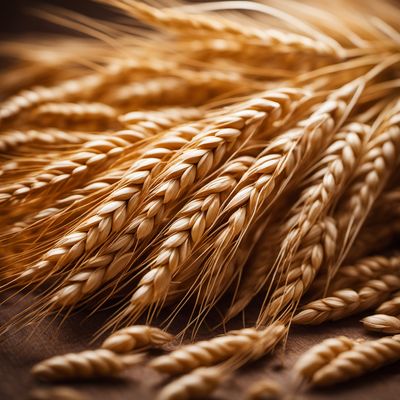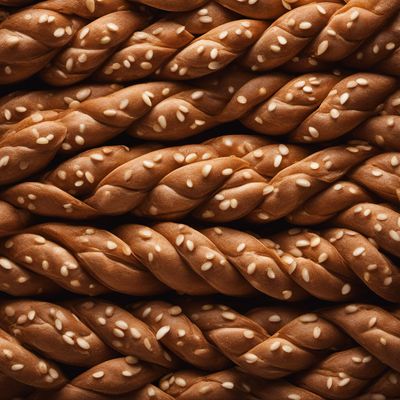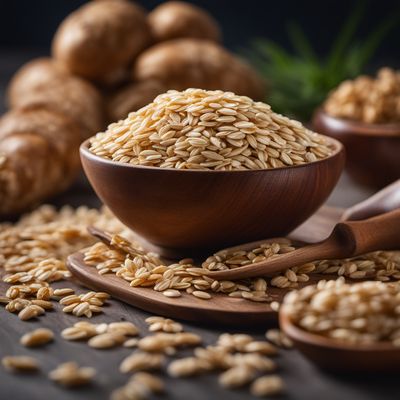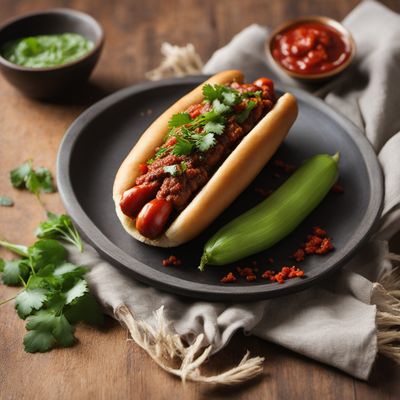
Ingredient
Millet rolled grains
The Versatile Millet: Unleashing the Potential of Rolled Grains
Millet rolled grains are small, round grains that have been flattened through a rolling process. They have a light tan color and a delicate texture. When cooked, they have a fluffy consistency with a slightly nutty flavor. These grains are a great source of fiber, protein, and essential minerals.
Origins and history
Millet, the ancient grain, has been cultivated for thousands of years and holds a significant place in many cultures around the world. Originating in Africa and Asia, millet has been a staple food in regions with harsh climates due to its resilience and nutritional value. It has been used in traditional dishes like Indian upma, African couscous, and Chinese congee.
Nutritional information
Millet rolled grains are a nutrient-dense ingredient, rich in fiber, protein, and essential minerals like magnesium, phosphorus, and manganese. They are also gluten-free, making them suitable for individuals with gluten sensitivities or celiac disease.
Allergens
Millet rolled grains are gluten-free and do not contain any known allergens.
How to select
When selecting millet rolled grains, look for packages that are tightly sealed and free from moisture or signs of insect infestation. Opt for organic varieties whenever possible to ensure the highest quality and minimize exposure to pesticides. Additionally, check the expiration date to ensure freshness.
Storage recommendations
To maintain the freshness and quality of millet rolled grains, store them in an airtight container in a cool, dry place, away from direct sunlight. Proper storage will help prevent moisture absorption and prolong their shelf life.
How to produce
Millet can be grown in a variety of climates, making it suitable for amateur gardeners. It requires well-drained soil and full sun exposure. Sow the seeds directly in the ground or in containers, and water regularly to keep the soil moist. Harvest the grains when they are fully mature and dry them thoroughly before rolling them into grains.
Preparation tips
Before cooking millet rolled grains, rinse them thoroughly under cold water to remove any debris or impurities. To enhance their flavor, you can toast the grains in a dry skillet for a few minutes before cooking. Millet rolled grains can be used in a variety of dishes, including porridge, pilafs, salads, and baked goods. They can be cooked on their own or combined with other grains for added texture and flavor.
Substitutions
Quinoa flakes can be used as a substitute for millet rolled grains, as they have a similar texture and nutritional profile. However, quinoa flakes have a slightly stronger flavor, so adjust the seasoning accordingly.
Culinary uses
Millet rolled grains are commonly used in breakfast porridges, pilafs, and salads. They can also be incorporated into baked goods like muffins, cookies, and bread. In Indian cuisine, millet rolled grains are used to make upma, a savory breakfast dish. They can also be added to soups and stews for added texture and nutrition.
Availability
Millet rolled grains are commonly available in health food stores, specialty grocery stores, and online retailers. They are cultivated in various countries, including India, China, Nigeria, and the United States.
More ingredients from this category

Mixed cereal rolled grains
Wholesome Breakfast Blend

Barley rolled grains
The Versatile Grain: Barley Rolled Grains

Rice rolled grains
The Versatile Delight: Unveiling the Magic of Rice Rolled Grains

Wheat rolled grains
Wholesome Delights: Exploring the Nutritional Power of Wheat Rolled Grains

Spelt rolled grains
The Nutty Delight: Spelt Rolled Grains

Oat rolled grains
Wholesome Oat Powerhouse

Rye rolled grains
"The Wholesome Goodness of Rye: Unveiling the Versatility of Rolled Rye Grains"
